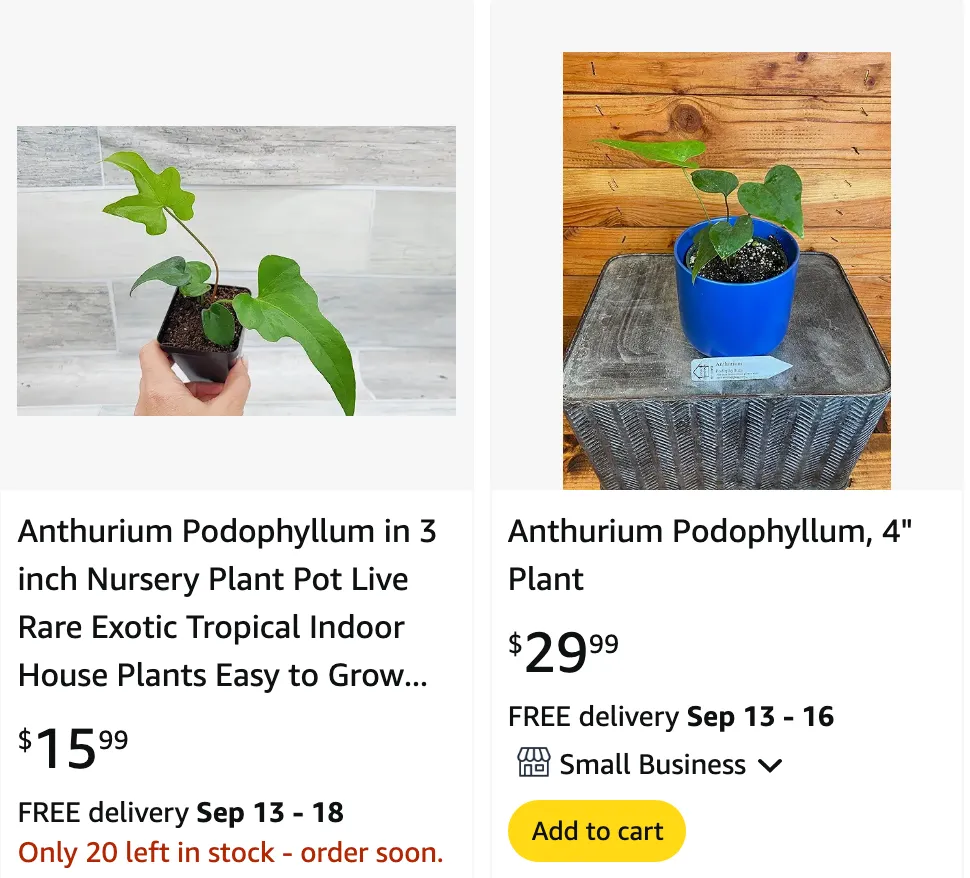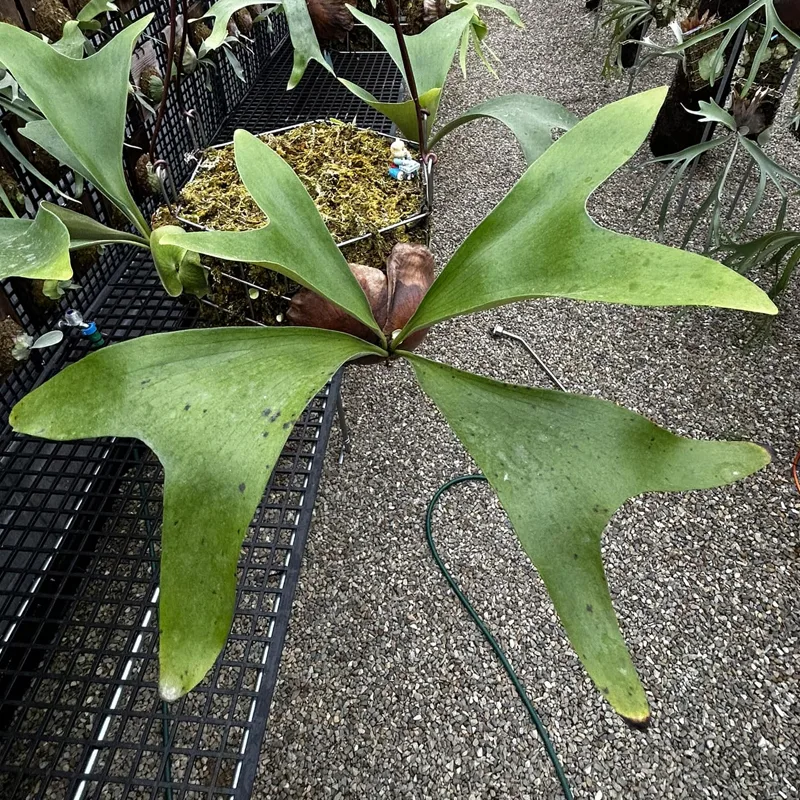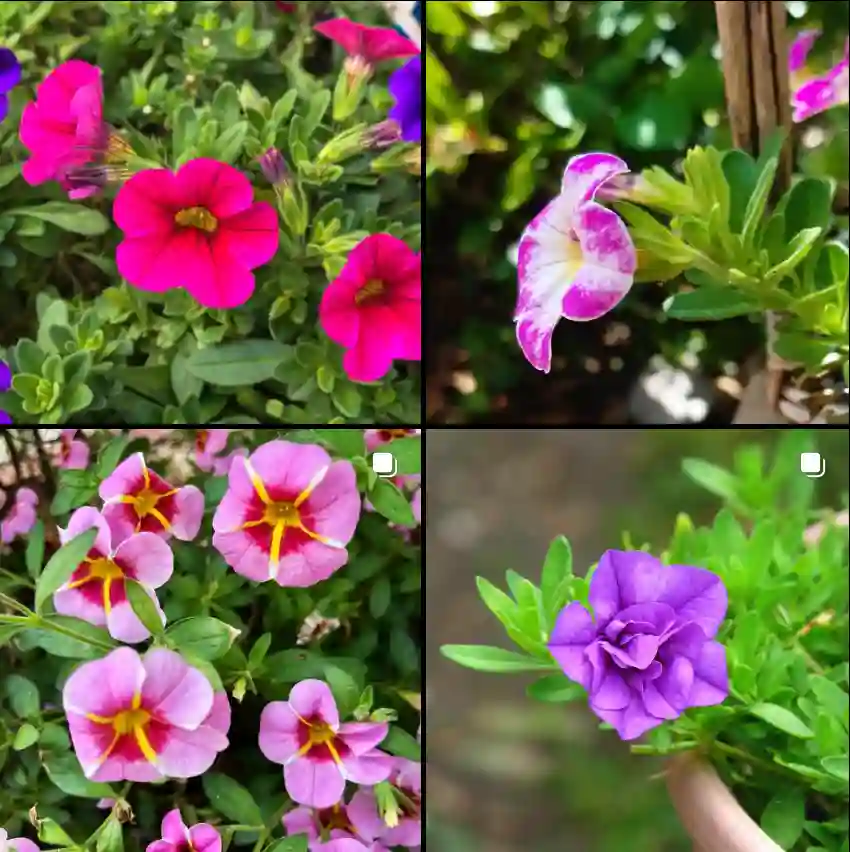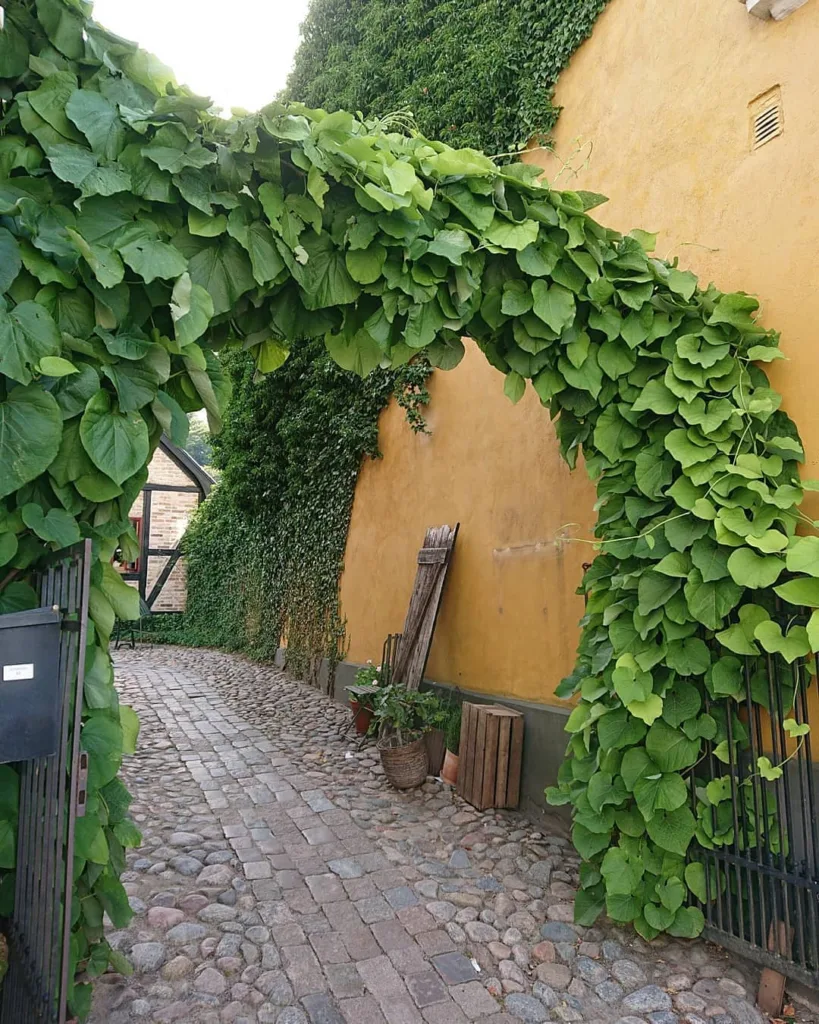
FAQs About Anthurium Podophyllum
Anthurium Podophyllum is a fascinating plant, and over the years, I’ve learned a lot about how to grow and care for it. It’s a unique species within the Anthurium genus, loved for its ornamental foliage and ability to thrive indoors. Through my experiences, I’ve answered several frequently asked questions that might help you understand this plant better.
1327 Species in Genus Anthurium
What is Anthurium Podophyllum?
Anthurium Podophyllum is an exotic aroid known for its deeply lobed, glossy green leaves that can grow quite large. Its unique foliage has a tropical vibe, making it a popular choice for houseplant enthusiasts. Native to Central and South America, this Anthurium thrives in humid environments and is part of the Araceae family, sharing traits with other well-known plants like Philodendrons and Monsteras.
How to Grow Anthurium Podophyllum?
Growing Anthurium Podophyllum requires a balance of the right conditions. Here’s what I’ve found works best:
- Light: It prefers bright, indirect light. Direct sunlight can scorch the leaves, while low light will slow down its growth. I recommend placing it near a window with filtered sunlight or using sheer curtains.
- Soil: Use a well-draining, chunky soil mix. I like to use a blend of orchid bark, peat, and perlite, which mimics the plant’s natural growing environment.
- Watering: Keep the soil consistently moist but avoid waterlogging. Overwatering can lead to root rot, so it’s essential to let the top layer of soil dry out between waterings. A rule of thumb is to water when the top inch of soil feels dry.
- Humidity: Anthurium Podophyllum thrives in high humidity, ideally above 60%. I’ve found that misting the leaves and using a humidifier keeps the plant happy.
- Temperature: It does well in warm temperatures between 65°F and 85°F. Avoid cold drafts, as the plant is sensitive to temperatures below 60°F.
How to Care for Anthurium Podophyllum?
Caring for Anthurium Podophyllum is relatively easy if you follow some key practices:
- Fertilization: I feed mine with a balanced liquid fertilizer diluted to half strength every 4-6 weeks during the growing season (spring and summer). Avoid over-fertilizing, as this can cause leaf burn.
- Pruning: I regularly remove any yellow or damaged leaves to encourage new growth and keep the plant looking its best.
- Repotting: Repotting every 1-2 years is necessary as the plant grows. Look for signs such as roots poking out of the drainage holes or the soil drying out too quickly.
How to Propagate Anthurium Podophyllum?
Propagating Anthurium Podophyllum is a fun and rewarding process. You can do this through stem cuttings or by dividing the plant.
- Stem Cuttings: I usually take a healthy stem with at least one node and a few leaves. Place the cutting in water or a moist, well-draining soil mix. Roots should form in a few weeks, and you can transfer it to its own pot.
- Division: When repotting, you may notice that your plant has formed clumps. Gently separate these clumps, ensuring each division has roots attached. Plant each division in a new pot with fresh soil.
Can You Grow Anthurium Podophyllum Indoors?
Yes, Anthurium Podophyllum can be grown indoors, and I find it thrives as a houseplant in the right conditions. The key is to mimic its tropical environment—plenty of humidity, bright indirect light, and regular watering. I’ve had success growing mine near a humidifier in a bright, warm room. Its stunning leaves make it a standout in any indoor plant collection.
What Plants Pair Well with Anthurium Podophyllum?
If you’re like me and enjoy creating plant arrangements, you’ll love how well Anthurium Podophyllum pairs with other tropical plants. I usually group mine with other humidity-loving species like:
- Philodendrons: Their similar care requirements make them great companions.
- Monstera: These plants complement each other with their bold, tropical foliage.
- Ferns: The lush, green look of ferns works well aesthetically alongside Anthurium Podophyllum, especially in terrariums or grouped pots.
Is Anthurium Podophyllum Toxic?
Unfortunately, yes, Anthurium Podophyllum is toxic to pets and humans if ingested. The plant contains calcium oxalate crystals, which can cause mouth irritation, difficulty swallowing, and digestive issues. I keep mine out of reach of pets and children, just to be safe.
Common Problems with Anthurium Podophyllum
Like all plants, Anthurium Podophyllum can face a few challenges. Here’s what I’ve encountered:
- Yellowing Leaves: This usually happens due to overwatering or too much direct sunlight. If I notice yellow leaves, I adjust the watering schedule or move the plant to a shadier spot.
- Root Rot: Caused by poor drainage or overwatering. I always ensure that the pot has good drainage and use a well-draining soil mix.
- Pest Infestations: While not common, pests like spider mites or aphids can occasionally appear. I use insecticidal soap or neem oil to manage them.
Benefits of Growing Anthurium Podophyllum
One of the reasons I love Anthurium Podophyllum is because of its air-purifying qualities. Like many other plants in the Araceae family, it helps remove toxins from the air, making it a great addition to any home or office. Plus, its large, lobed leaves add a touch of the tropics, creating a peaceful, green oasis indoors.
How Does Anthurium Podophyllum Compare to Similar Plants?
I’ve often seen people confuse Anthurium Podophyllum with other Anthurium species, like Anthurium Clarinervium. While both have striking foliage, Clarinervium has more heart-shaped leaves with prominent white veins, while Podophyllum’s leaves are deeply lobed and more textured. Both require similar care but offer different visual aesthetics.
In conclusion, Anthurium Podophyllum is an easy-going plant once you understand its basic needs. With the right light, humidity, and watering schedule, it can thrive indoors and reward you with its stunning foliage.
If i die, water my plants!



